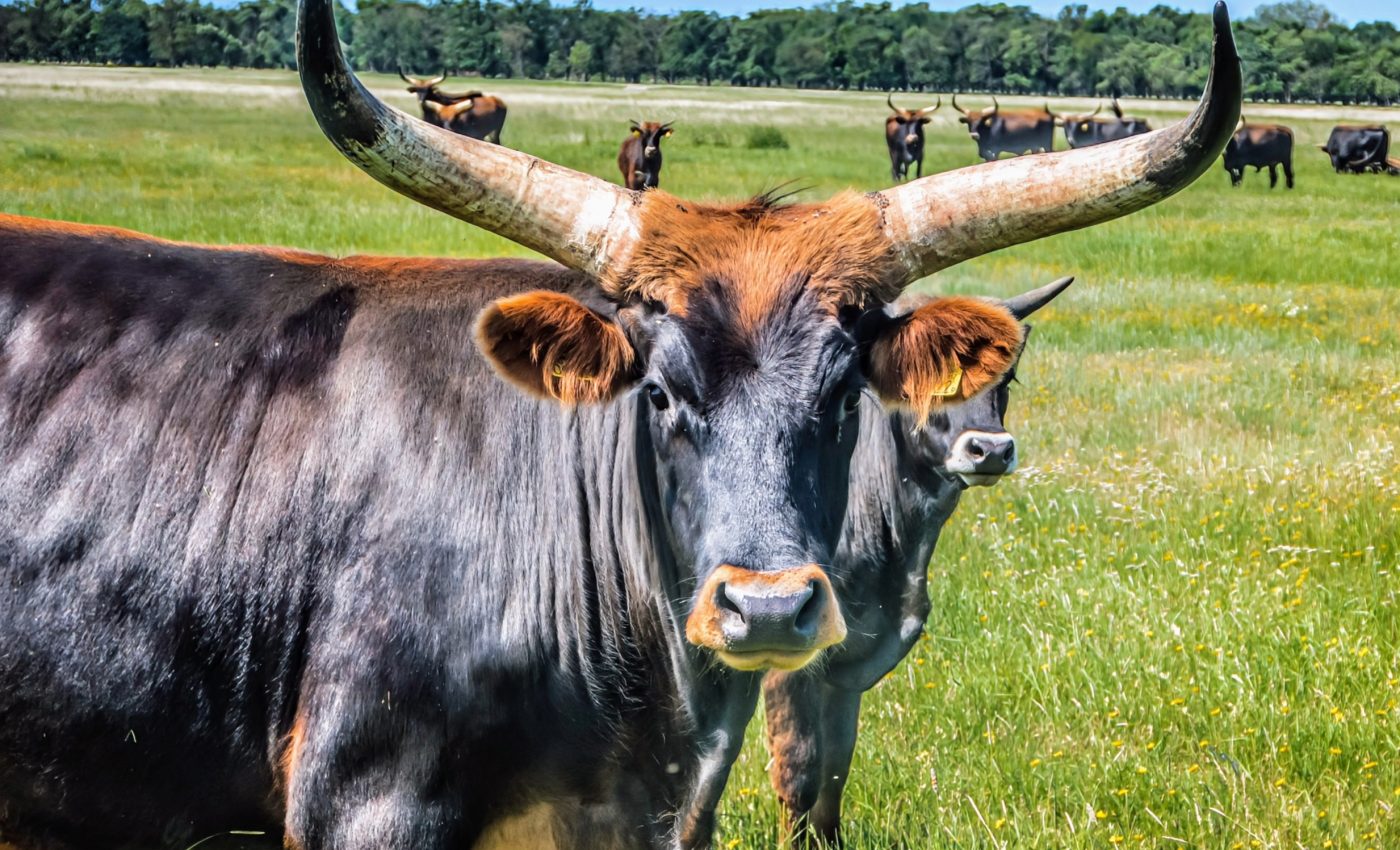
Prehistoric wild beast: How climate and culture shaped an iconic species
For countless years, a prehistoric beast of the wild known as the aurochs has fascinated humanity.
The majestic presence of the aurochs – recorded in archaic cave paintings – and its transformation into the domestic cattle we see today are part of a compelling narrative.
An international ensemble of geneticists, in collaboration with Trinity College Dublin, has recently explored the intriguing history of the aurochs using ancient DNA.
“Now extinct, the aurochs (Bos primigenius) was a keystone species in prehistoric Eurasian and North African ecosystems, and the progenitor of cattle, domesticates that have provided people with food and labor for millennia,” wrote the researchers.
The team meticulously sequenced and analyzed 38 genomes using DNA from the bones of aurochs. The bones represented a timeline of approximately 50,000 years and were collected across diverse geographical sites ranging from Siberia to Britain.
Aurochs: The wild beast of the past
Originating hundreds of thousands of years ago, the grand aurochs once ruled the territories of Europe, Asia, and Africa. Their importance in human culture was so profound that our ancestors depicted them in numerous cave paintings.
The domestication process of these creatures led to the creation of cattle, which provided humans with meat and milk. This significant transformation is evident today, as cattle currently form one-third of the world’s mammalian biomass.
Dr. Conor Rossi of Trinity College Dublin noted that the aurochs went extinct approximately 400 years ago, which left much of their evolutionary history a mystery.
“However, through the sequencing of ancient DNA, we have gained detailed insight into the diversity that once thrived in the wild as well as enhanced our understanding of domestic cattle,” said Dr. Rossi.
Unraveling the evolutionary journey
The fossil records of European aurochs date back to around 650,000 years ago, which is around the same time as the appearance of archaic human species on the continent.
However, the aurochs of the Eastern and Western extremes of Eurasia share a more recent common ancestry.
This indicates a likely replacement of the aurochs population around 100,000 years ago – possibly due to migrations from a southern Asian homeland.
Dr. Mikkel Sinding, a co-author of the study, sheds light on the diversity of these wild animals.
“We normally think of the European aurochs as one common form or type, but our analyses suggest there were three distinct aurochs populations in Europe alone – a Western European, an Italian, and a Balkan. There was thus a greater diversity in the wild forms than we had ever imagined.”
The signature of climate change
In a fascinating turn of events, the impacts of climate change were found embedded within the DNA of aurochs.
A separation and divergence of European and North Asian genomes occurred at the start of the last ice age, approximately 100,000 years ago. The separation continued until the end of the ice age.
A noticeable decline in genome-estimated population sizes was observed during this glacial period, with the European herds facing the harshest effects.
From wild beast to tame cattle
The transformation of the ferocious aurochs into domesticated cattle was a remarkable feat. This process was kickstarted in the north of the Fertile Crescent a little over 10,000 years ago.
“Although Caesar exaggerated when he said it was like an elephant, the wild ox must have been a highly dangerous beast and this hints that its first capture and taming must have happened with only a very few animals,” said study co-author Professor Dan Bradley.
The genetic base of the first cattle was refined and enriched with time – a result of mating with wild aurochs bulls.
The legacy of the four separate preglacial aurochs ancestries endures within the domestic cattle we have today.
This monumental study of the prehistory of aurochs has added a crucial piece to the puzzle of our shared past.
By exploring the life and times of these majestic creatures, we gain a deeper understanding of the role of human culture and climate change in the evolutionary paths of animals.
The study is published in the journal Nature.
—–
Like what you read? Subscribe to our newsletter for engaging articles, exclusive content, and the latest updates.
Check us out on EarthSnap, a free app brought to you by Eric Ralls and Earth.com.
—–













